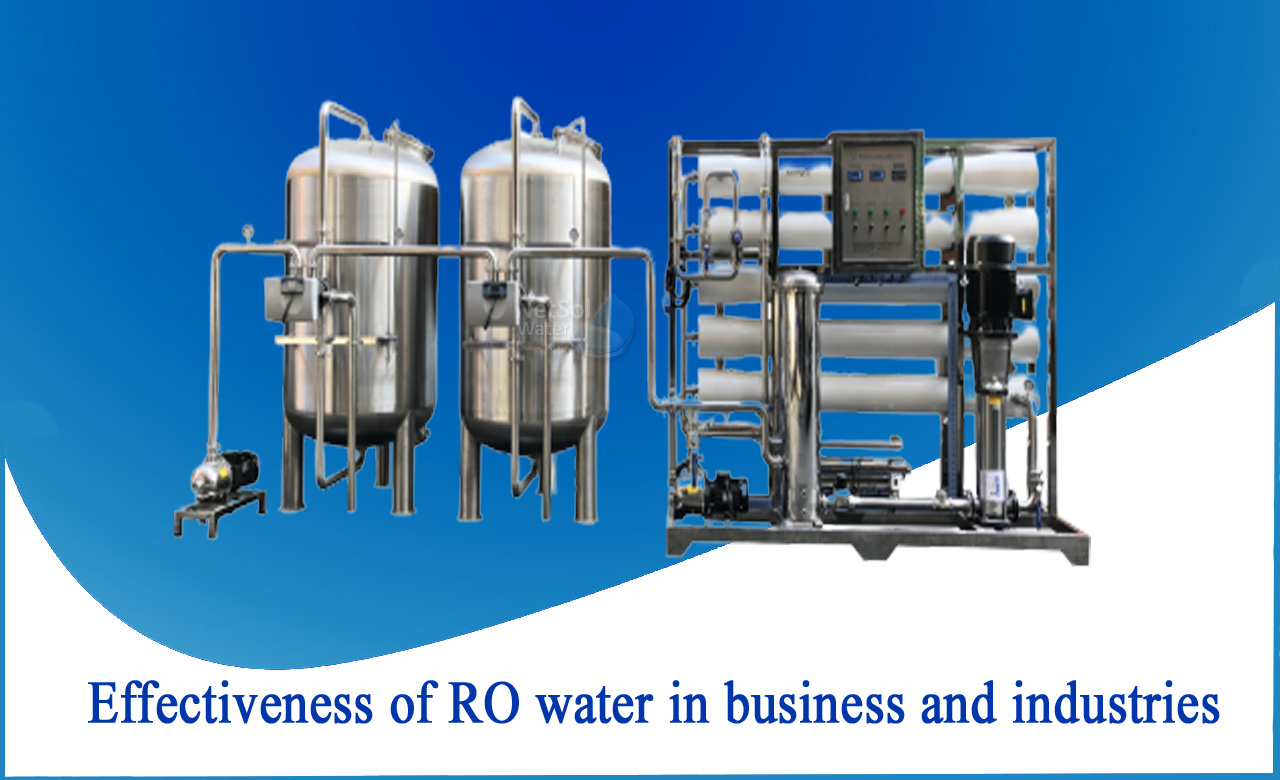INTRODUCTION
The process of reverse osmosis involves forcing polluted water through a semipermeable membrane. The membrane allows only water molecules to flow through, leaving impurities behind. You might wonder why it's termed reverse osmosis if there's no mention of osmosis in the definition. The truth is, RO is a process that is essential to the proper operation of a water purification system. The water is subjected to just enough pressure to counteract the osmotic pressure. Osmotic pressure is a colligative characteristic that specifies the amount of pressure required to flow pure water through a membrane.
UNDERSTANDING RO PROCESS
Now that you know what the phrase means, figuring out the RO system isn't that difficult. Every RO mechanism has a slightly permeable membrane in the midst of it. A prefilter is the first stage of the system. The water is filtered through a simple filter to remove visible sediments and chlorine. It next passes through the RO tube, which removes the majority of the dissolved contaminants. There's also a postfilter, which refines the clear water even further.
Isn't this a very efficient system?
You might think that after going through so many filters, the water would be safe to drink even for infants. Not quite yet!
It is true that reverse osmosis filtration is a satisfactory method of purification. The purified water that results will provide several health benefits to your body. However, in order to achieve the best level of purity and benefit, the water must go through extra filtration stages in addition to RO. A conventional water purifier usually has one of two filters in addition to the prefilter, RO membrane, and postfilter. They can be placed either before or after the membrane. The sediment prefilter is usually used in conjunction with a carbon prefilter, which eliminates VOCs from the water. In summary, after passing through the carbon filter, the water will be colorless and odorless, just as it should be.
EFFECTIVENESS OF RO SYSTEM!
RO removes sediments, chlorine, visible and dissolved pollutants, VOCs, and a variety of other contaminants, as discussed before in the article. The water from a RO system has no unpleasant odor or taste. The microorganisms that cause odors are also eliminated by the filters. All of these contaminants make up a large portion of tap water, and because the majority of it is collected as waste or brine behind the core membrane, people are becoming increasingly concerned about water waste.
BENEFITS OF RO SYSTEM IN BUSINESS AND INDUSTRIES
1-ENVIRONMENTAL BENEFITS: Less hazardous waste water is one of the key environmental benefits of employing a reverse osmosis system. This is owing to the fact that the permeate production method does not require any toxic chemicals (pure water).Reverse osmosis is one of the most environmentally friendly methods for treating industrial wastewater.
Another advantage of RO is that it captures and properly disposes of pollutants in the mains water supply. This is without the dangerous chemically saturated water being discharged into the effluent or drain.
2-COST BENEFITS: The cost of employing reverse osmosis and membrane elements is reducing, whereas the cost of acid and caustic solutions is increasing.Electricity is the most expensive component of reverse osmosis systems. Because modern water filtration systems use less energy, their operational expenses are modest.
An RO system can be integrated into a process and feed straight into the manufacturing line, or it can be fed into a holding tank for storage before being used as needed.Wastewater streams can be filtered by a RO system, lowering disposal costs by reusing the water.
3-HEALTH AND SAFETY BENEFITS:The fact that no dangerous chemicals are necessary when utilizing a reverse osmosis system to generate high-quality water is one of the key health and safety benefits.Acids and alkalis are used in traditional resin-based ion exchange systems, which are extremely toxic.Reverse osmosis uses smaller, more efficient equipment to replace traditional techniques like chemical treatment.As a result, the opposing hazards of physical handling and the presence of hazardous chemicals on site are eliminated, resulting in a safer working environment for workers.
4-MAINTENANCE BENEFITS:Because it is a self-contained device, the RO system is extremely low-maintenance.The process of replacing the pre-filters is simple and takes only a few minutes.The membranes can endure for two to three years, depending on the quality and quantity of the input water.
Netsol Water is Greater Noida-based leading water & wastewater treatment plant manufacturer. We are industry's most demanding company based on client review and work quality. We are known as best commercial RO plant manufacturer, industrial RO plant manufacturer, sewage treatment plant manufacturer, and effluent treatment plant manufacturers. Apart from this 24x7 customer support is our USP. Call on +91-9650608473, or write us at enquiry@netsolwater.com for any support, inquiry or product-purchase related query.



